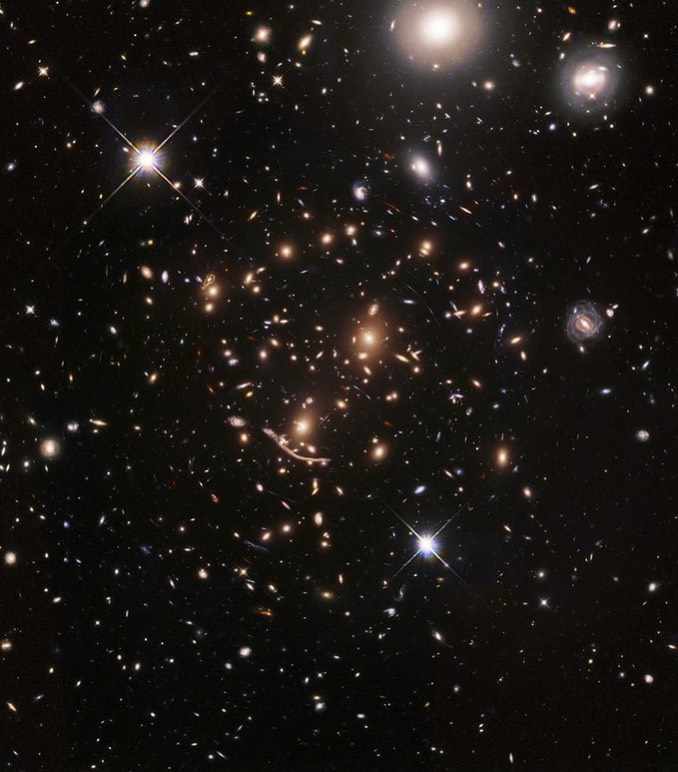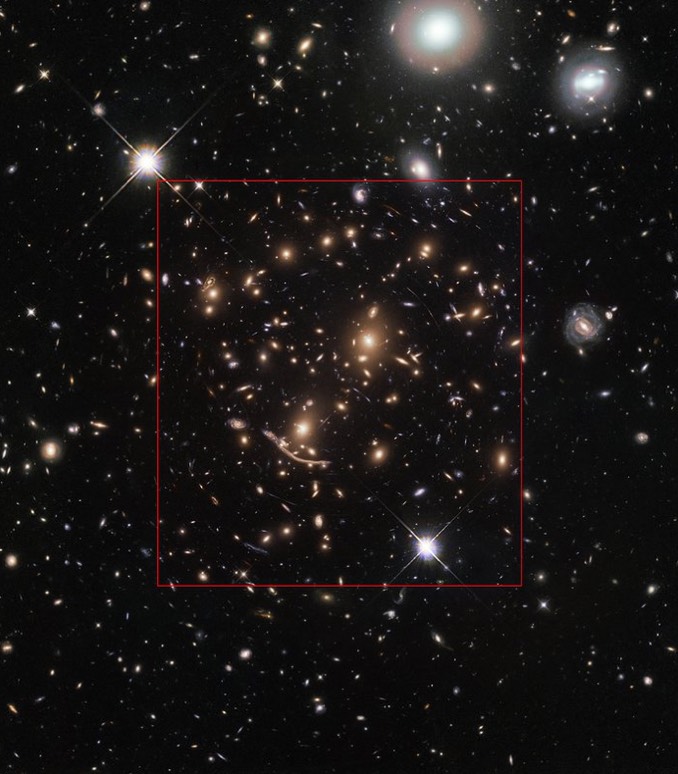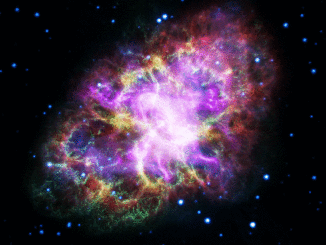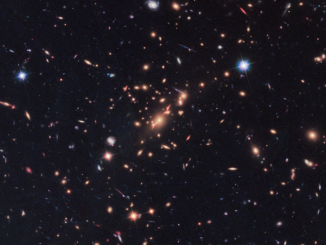
The Hubble Space Telescope has started a new project to characterise the galactic environment of the very early universe, capturing stunning wide-angle views of previously observed galaxy clusters to help astronomers better understand the distribution of galaxies in the early universe and the conditions that led to their formation.
The first target in the new study is a galaxy cluster known as Abell 370, which features several hundred galaxies. Hubble studied this cluster earlier as part of the Frontier Fields program, zooming in to record the light from numerous background galaxies that has been intensified by the combined mass of the galaxies in the cluster. Such strong gravitational lensing produces distorted arcs and other shapes like the smeared-out view of a large spiral galaxy, just below and left of the image’s center, dubbed “the Dragon.”
The new wide-angle view of Abell 370, some 4 billion light years from Earth, is one of the first in the new Beyond Ultra-deep Frontier Fields and Legacy Observations, or BUFFALO, survey led by astronomers at the Niels Bohr Institute in Denmark and Durham University in the UK. The survey includes surrounding areas initially mapped by NASA’s Spitzer Space Telescope as part of the Frontier Fields project.

“The BUFFALO program is designed to identify galaxies in their earliest stages of formation, less than 800 million years after the big bang,” according to the Hubble Space Telescope project. “These galaxies should help shed light on the processes by which galaxies first assembled. One of BUFFALO’s key goals is to determine how rapidly galaxies formed in this early epoch. This will help astronomers design strategies for using NASA’s upcoming James Webb Space Telescope to probe the distant universe with its infrared vision.”
To collect the faint light from the most remote galaxies, Hubble is devoting 160 hours to exploring the six galaxy clusters first studied in the Frontier Fields project, which Hubble and Spitzer carried out between 2013 and 2017.
“Astronomers anticipate that the survey will yield new insights into when the most massive and luminous galaxies formed and how they are linked to dark matter, and how the dynamics of the clusters influence the galaxies in and around them,” according to the Hubble project. “The survey also will provide a chance to pinpoint images of distant galaxies and supernovas.”



